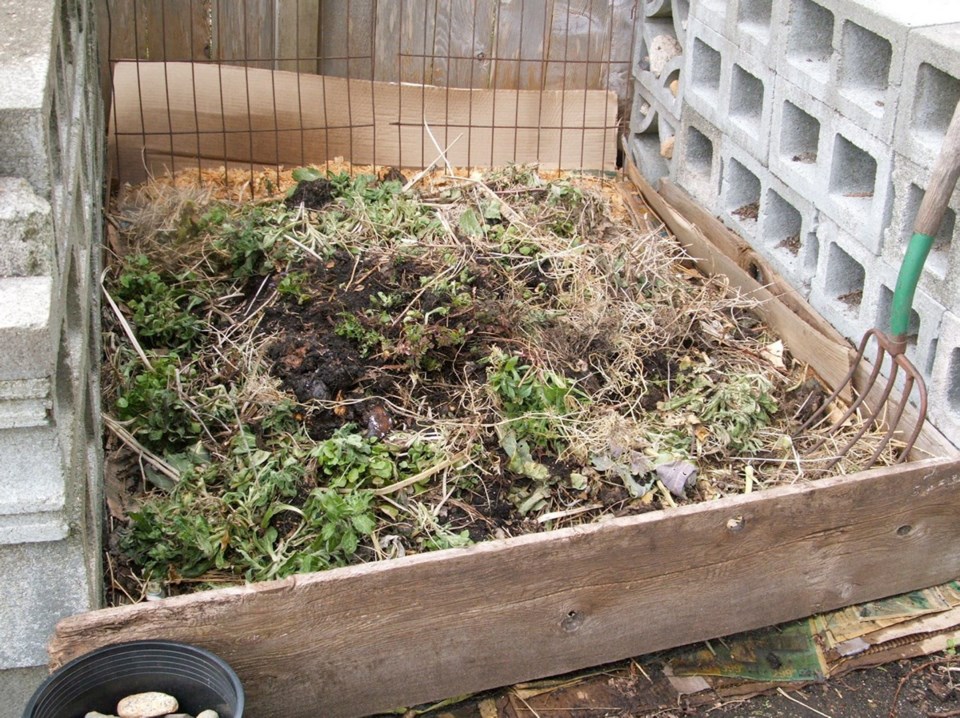Dear Helen: You recently wrote about using hot water with a little liquid seaweed fertilizer in it to moisten filled seeding flats prior to sowing the seeds. I understand how hot water would work nicely to thoroughly dampen a seeding mix, but why the seaweed fertilizer?
W.C.
Seaweed meals and extracts are excellent sources of trace nutrients that plants need to thrive. They contain dozens of minerals, amino acids and growth regulators that result in improved resilience and resistance to stresses such as adverse weather conditions, diseases and insect attacks.
Diluted seaweed solutions have been shown to improve seed germination and root development, and to promote vigorous growth. I routinely seed hundreds of flats each year, using seaweed fertilizer, without the loss of any seedlings.
I also use liquid seaweed fertilizer together with fish fertilizer as my transplanting solution and rarely lose a transplant. In my home-made, natural-source fertilizer blends, I use kelp meal as the potassium component. Even in my garden’s less-than-ideal conditions, I’m able to grow a good portion of my own food and eat out of the garden year round.
Dear Helen: How can I foster speedy decomposition of the materials in my compost heaps? I have two enclosures.
M.B.
There are methods for “hot composting” that are time and labour intensive. Since I already have full-time work, I compost the way most home gardeners do, in a semi-passive manner, which still can be acceptably effective if the core factors contributing to efficient composting are taken into consideration.
• Balance of materials: Aim for two to three parts high carbon (dry, fibrous, brown) matter such as straw, leaves, shredded newspaper and fine hedge trimmings to each part high nitrogen (fresh, green) matter such as grass mowings, young weeds and vegetable trimmings. Composting micro-organisms feed on the carbon materials, using the high nitrogen matter as an energy source.
If there is too much tough, dry stuff, composting will be slow. Too much soft, green matter will produce an ammonia odour as nitrogen is released.
• Particle size: The more finely chopped the materials are, the faster will be decomposition.
• Moisture: Keep a composting mass evenly dampened, but not wet. Cover against heavy rains.
• Temperature: Warm air temperatures facilitate the onset of active decomposition. As micro-organisms feed on the materials, they generate more heat as long as conditions are congenial.
• Air: Air is essential to keep micro-organisms active in their feeding. Notice, from mid-spring onward, that after turning or fluffing a heap, it will heat up and shrink noticeably.
• Mass: A minimum heap size for effective decomposition is about one metre square and high.
• Location: I regard the composting site to be the heart of a garden. Placing it in a fairly prominent and highly accessible spot also facilitates routine monitoring and tending of the compost.
Garden Events
Dahlia meeting. The Victoria Dahlia Society will meet at 7:30 p.m. Thursday in the historic Starling Lane Farm Winery building, 5271 Old West Saanich Rd. Bruce Carter, an irrigation technician and owner of WES-TECH Irrigation, will speak about garden irrigation with a focus on micro-irrigation. The presentation will include a short practise session on techniques for assembling micro-irrigation systems. Non-members are welcome.
HCP workshops. The Horticulture Centre of the Pacific, 505 Quayle Rd. In Saanich, is offering the following workshops. To register call 250-479-6162. hcp.ca.
• Hypertufa Planters 1 for children age seven and up. Saturday, April 14, 1 to 2:30 p.m. Parent participation is required. $15 per child. Materials are provided. Design and create a strong, lightweight outdoor planter out of concrete and other materials. The planters will need time to dry. The project will be completed and planted in Part 2, on Saturday, April 28.
• Plant Identification & Culture. The next session in this ongoing, monthly course (can be joined at any time) will be on Saturday, April 14, 1 to 4 p.m. In each session Diane Pierce introduces 25 new plants, with descriptions, preferred growing conditions, landscape uses and maintenance. Cost to HCP members per session is $35, others $45. Cost for 12 sessions: members $350, others $450.



